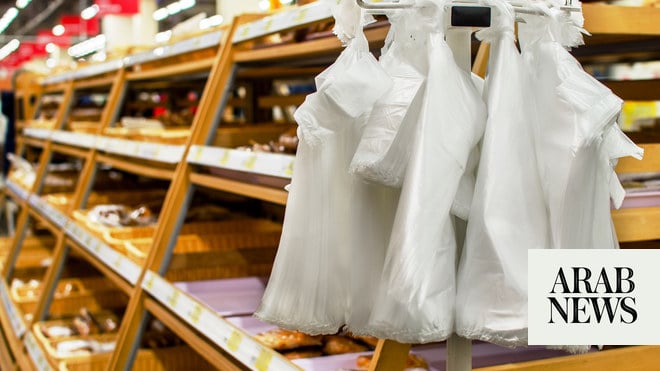
What makes an item so immensely valuable that it belongs in a museum, carefully preserved for future generations? Britain’s heritage institutions may be full of historic and priceless objects, but at what is claimed to be the world’s first museum dedicated to homelessness, which opens to the public in London on 24 May, the treasured artefacts are very different.
There is a bent and much repaired stick, originally made from two pieces of scrap wood, that for its owner was a walking aid, defensive weapon and cherished companion before he donated it, with great sacrifice, to the museum. There is the skeleton of an old shopping trolley that once carried all its owner’s worldly possessions before he offered it to help transport supplies for those in need during the Covid crisis.
There are even two plastic bin bags – like the other artefacts they have their own custom-made wooden box and are handled with great care by museum volunteers. Bin bags get a bad rap, notes their donor, but if you are living outdoors and it is raining, “they’re your mates”.
At the Museum of Homelessness, questions of value are turned on their head. Founded in 2014 by a husband and wife team, Jess and Matt Turtle, the museum has, with no small irony, been homeless for a decade, while working with organisations such as Tate, collaborating with a touring theatre programme in hostels, contributing to research and providing direct support to homeless people.
To finally put down roots in their new building, a derelict groundsman’s lodge in Finsbury Park, north London, that community members have lovingly brought back to life, is immensely significant, says Jess Turtle.
“As one person in our community says, ‘I live in such and such hostel down the road, but this is my home.’ It’s an emotional home for us.”
They intend to be a “useful” museum, she says – which is not only about the cupboard full of sleeping bags upstairs or the hot water tap installed in the grounds (which, as one visitor who has been homeless notes, might allow someone to make a Pot Noodle and be warm and fed that day).
The museum was set up to record true stories about homelessness, Turtle says, “but quite quickly, it became clear that that wasn’t enough, and we had to also take action. That’s when we started doing direct action on the streets and campaigning.
“Then the pandemic hit and we completely pivoted to [offering direct help] about 18 months or so. It depends what our community needs at any one time.”
Storytelling remains at the heart of their tiny new museum, however, in a performance-based exhibition entitled How to Survive the Apocalypse, which demonstrates that there is much to learn from the resourcefulness, resilience and creativity of homeless people.
The objects in the exhibition may be brought to life by volunteer storytellers, but each wears an earphone to ensure they are relaying the verbatim words of each artefact’s anonymous donor.
“When you go to a historical collection now, its representation of poor people is always told through someone else’s lens: a journalist, a social worker, workhouse staff,” says Turtle.
By collecting and sharing their first-person accounts, by contrast, they are ensuring “that when in the future somebody wants to know about being homeless during the pandemic, they can find out what it was actually like from our people”.











